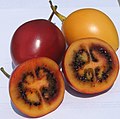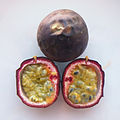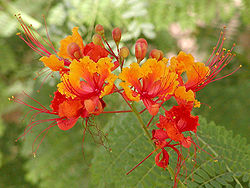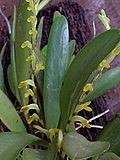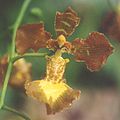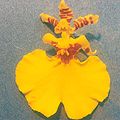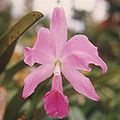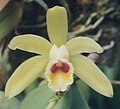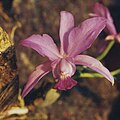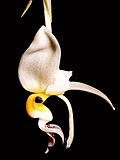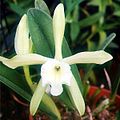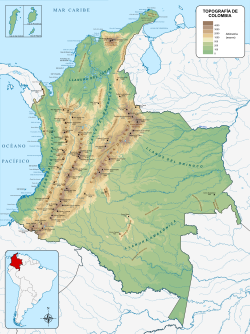The Flora of Colombia is characterized by over 32,000 species of green plants. [1]
Contents
- National Flower of Colombia
- National Tree of Colombia
- Endemism
- Ecoregions with high endemism
- Tree species
- Fruits of Colombia
- Genera
- Abarema
- Acidocroton
- Aiphanes
- Aniba
- Brownea
- Brunellia
- Calatola
- Centronia
- Ceroxylon
- Clusia
- Eschweilera
- Espeletia
- Freziera
- Grias
- Guarea
- Gustavia
- Herrania
- Huilaea
- Inga
- Lejeunea
- Leptolejeunea
- Macrolobium
- Magnolia
- Mayna
- Meriania
- Metteniusa
- Miconia
- Moquilea
- Oenocarpus
- Orphanodendron
- Parmentiera
- Passiflora
- Phytelephas
- Pouteria
- Pradosia
- Prunus
- Rinorea
- Rollinia
- Romeroa
- Schoenocephalium
- Solanum
- Streptosolen
- Swartzia
- Utricularia
- Vantanea
- Wettinia
- Xylosma
- Zamia
- Zygia
- Orchid species
- Frondaria
- Restrepia
- See also
- References







